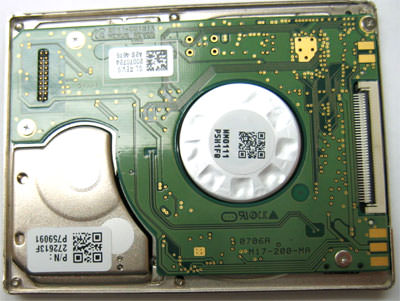


When you enter BIOS Setup, the setup utility page will appear.(Depending on the company that created your version of BIOS, a menu may appear.) During the initial startup screen, press ESC, F1, F2, F8, or F10.Press the Power button on your computer.Start by plugging the thumb drive into a USB port. Otherwise, the computer will load from the hard drive as standard. If you're booting from USB media, you must change the BIOS boot order so the USB device is listed first. The boot order tells the machine which devices to search for the software needed to launch the computer and the priority of each device in that search.

That's because the BIOS settings include the machine's boot sequence when starting up. Learn more about reinstalling m acOS.Starting your PC using USB rescue media is not difficult, although it first requires an adjustment in the BIOS (Basic Input Output System). If you want your Mac to start up again from the volume you just you erased, select Reinstall macOS in the utilities window, then click Continue and follow the onscreen instructions.When done, quit Disk Utility to return to the utilities window.Optional: If you previously used Disk Utility to add internal volumes other than Macintosh HD, you can erase them individually using the same process.If this button isn't shown, click Erase instead. Format: APFS or Mac OS Extended (Journaled), as recommended by Disk Utility.Click the Erase button in the toolbar, then enter the requested details:.Select Macintosh HD in the sidebar of Disk Utility.From the utilities window, select Disk Utility and click Continue.If asked, select a user you know the password for, then enter their administrator password.Start up from macOS Recovery: Turn on your Mac, then immediately press and hold these two keys until you see an Apple logo or other image: Command (⌘) and R.


 0 kommentar(er)
0 kommentar(er)
